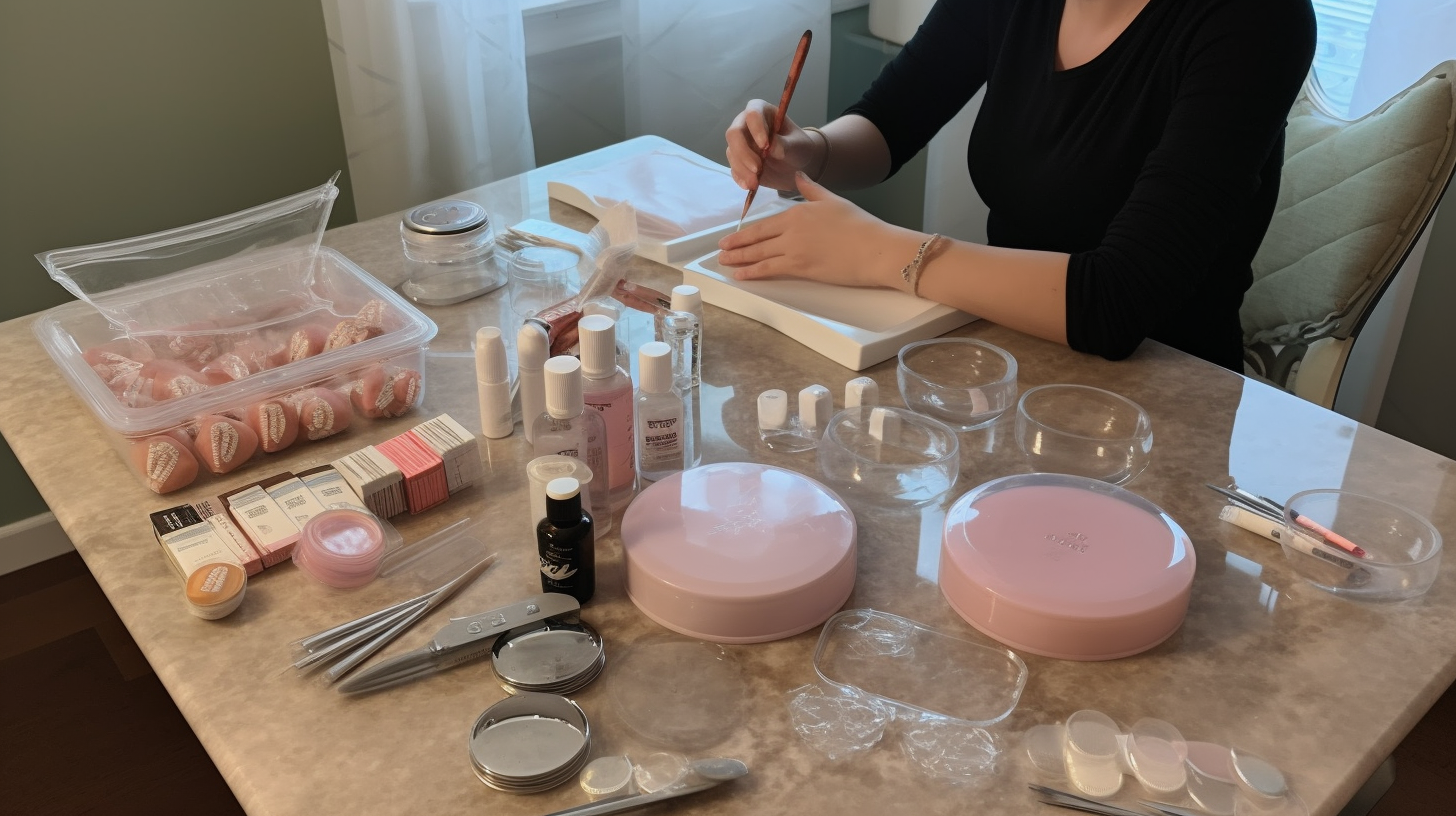Understanding Nail Ridges: Causes, Symptoms, and Treatment Options
Do you ever look down at your nails and notice ridges on them? If so, you’re not alone. Nail ridges are a common condition that affects many people, and they can be caused by a variety of factors. While nail ridges are usually harmless, they can sometimes be a sign of an underlying health condition. In this blog post, we will explore the causes, symptoms, and treatment options for nail ridges.
What Are Nail Ridges?
Nail ridges refer to the vertical or horizontal lines that appear on the nail plate. These lines can be small or large, shallow or deep, and they can appear on one or more nails. Nail ridges are often harmless and do not require treatment. However, in some cases, they can be a sign of an underlying health condition.
Types of Nail Ridges
There are two main types of nail ridges: vertical and horizontal.
- Vertical nail ridges: These are the most common type of nail ridge and run from the base of the nail to the tip. They are usually harmless and become more common as you age.
- Horizontal nail ridges: Also known as Beau’s lines, these run across the width of the nail plate. They can be caused by trauma to the nail or an underlying health condition.
Causes of Nail Ridges
Nail ridges can be caused by a variety of factors, including:
- Aging: As you age, your nails become drier and less elastic, making them more prone to developing ridges.
- Nutritional deficiencies: A lack of certain vitamins and minerals, such as biotin, zinc, and iron, can cause nail ridges.
- Dehydration: Not drinking enough water can lead to dry, brittle nails that are more likely to develop ridges.
- Medical conditions: Certain medical conditions, such as psoriasis, eczema, and thyroid disorders, can cause nail ridges.
- Injury: Trauma to the nail, such as from biting your nails or hitting them with a hammer, can cause horizontal nail ridges.
Symptoms of Nail Ridges
The most common symptom of nail ridges is the appearance of lines on the nails. However, in some cases, nail ridges can be accompanied by other symptoms, such as:
- Brittle nails: Nails that are dry and brittle may be more prone to developing ridges.
- Nail discoloration: In some cases, nail ridges may be accompanied by yellowing or discoloration of the nails.
- Nail splitting: Severely ridged nails may split or crack more easily than normal nails.
Treatment Options for Nail Ridges
If your nail ridges are caused by an underlying health condition, treating that condition may help improve the appearance of your nails. For example, if you have a nutritional deficiency that is causing your nail ridges, taking a supplement or adjusting your diet may help. If you have an underlying medical condition that is causing your nail ridges, treating that condition may help improve the appearance of your nails.
If your nail ridges are not caused by an underlying health condition, there are still several things you can do to improve the appearance of your nails:
- Moisturize: Keeping your nails moisturized can help prevent them from becoming dry and brittle.
- Stay hydrated: Drinking plenty of water can help keep your nails healthy and prevent ridges from forming.
- Take biotin: Biotin is a B vitamin that is essential for nail health. Taking a biotin supplement or eating foods rich in biotin, such as eggs and nuts, may help improve the appearance of your nails.
- Avoid harsh chemicals: Exposure to harsh chemicals, such as those found in cleaning products or nail polish remover, can damage your nails and make them more prone to developing ridges.
When to See a Doctor
If you have severe nail ridges that are accompanied by other symptoms, such as nail discoloration or splitting, you should see a doctor. Your doctor will be able to determine if an underlying health condition is causing your nail ridges and recommend appropriate treatment.
If you have mild nail ridges that are not accompanied by any other symptoms, you may be able to improve the appearance of your nails with home remedies and lifestyle changes. However, if you are concerned about the appearance of your nails or have questions about how to care for them properly, you should speak with a dermatologist or other healthcare professional.
Conclusion
Nail ridges are a common condition that affects many people. While they are usually harmless, they can sometimes be a sign of an underlying health condition. If you have severe nail ridges or other symptoms, you should see a doctor. Otherwise, there are several things you can do to improve the appearance of your nails, such as moisturizing, staying hydrated, and taking biotin. By taking care of your nails and addressing any underlying health conditions, you can keep your nails looking healthy and beautiful.




